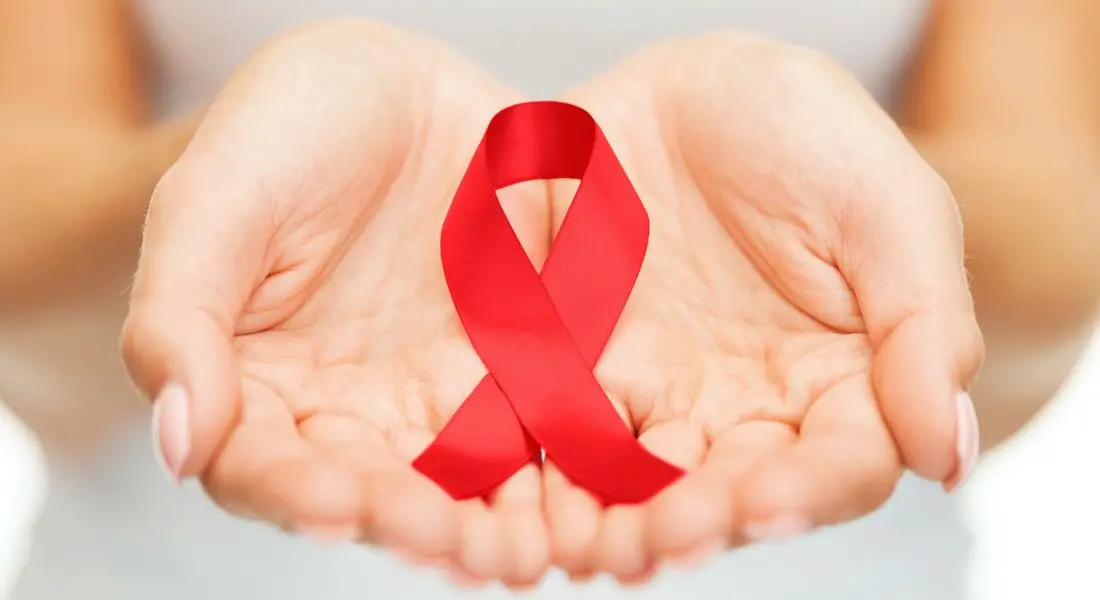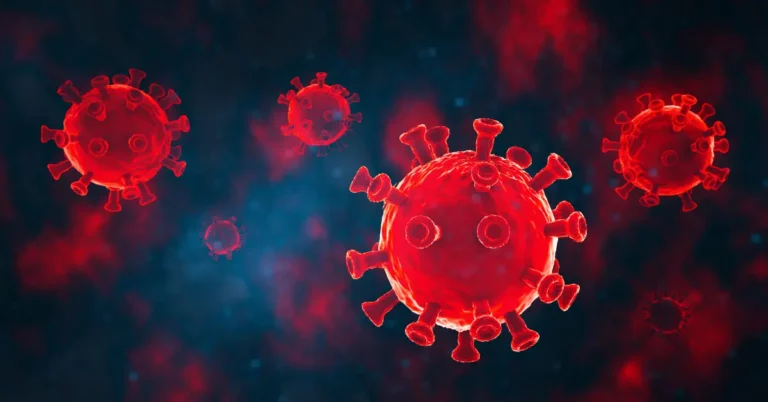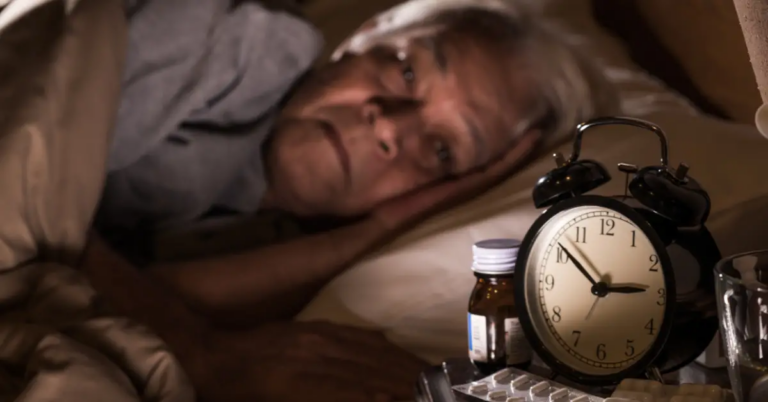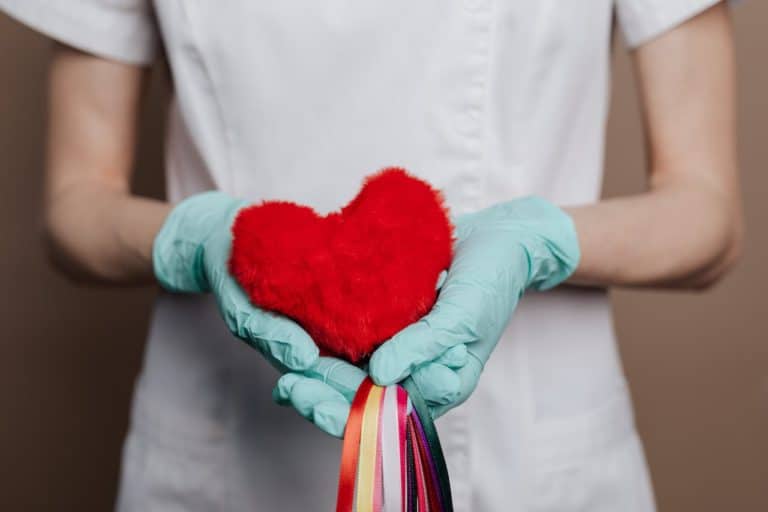by Michelle George, MSN, RN
On December 1, 2016, wear a red ribbon supporting World AIDS Day. World AIDS Day was held for the first time in 1988 to unite people across the globe to fight against HIV, support people living with HIV, and commemorate those who have died from HIV. Over 34 million individuals worldwide live with HIV, with 1.2 million in the United States. In the United States, 1 in every eight people has HIV and is entirely unaware of it. There are 45,000 persons diagnosed with HIV each year.
Anyone can become infected with HIV, and here are some risk factors:
- Having sex (with or without a condom) with someone HIV positive or with a person whose HIV status is unknown.
- Have you ever injected drugs?
- Have you ever been diagnosed with a Sexually-Transmitted Infection?
- Have you ever tested positive for a TB Test?
- Are you a pregnant or a woman planning to get pregnant?
- Are you a male who has sex with other males?
- Have you ever been tested for HIV?
- Have you ever been sexually assaulted?
Everyone should get tested for HIV. Though there is no cure for HIV, there is a treatment called Anti-Retroviral Therapy (ART). Research shows that persons in treatment with HIV can live just as long as someone not infected with HIV. Treatment is a way to stay healthy, and starting treatment means you are taking care of your health. There is a treatment called PrEP (Pre-exposure Prophylaxis). In pre-exposure prophylaxis (PrEP), HIV-negative individuals take an oral medication once a day before contact with HIV, greatly reducing their risk of infection. Getting anti-HIV medications after contracting HIV is known as Post-exposure Prophylaxis (PEP). It significantly reduces HIV infection risk in HIV-negative individuals. You need to take PEP medicine within 72 hours after HIV exposure.
MATRIX HUMAN SERVICES
Learn More. Give. Volunteer.
Discover Matrix Human Services at matrixhumanservices.org
Facebook.com matrixhumanservices
Twitter.com/matrix_detroit


















